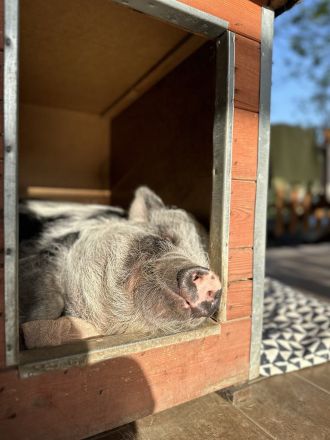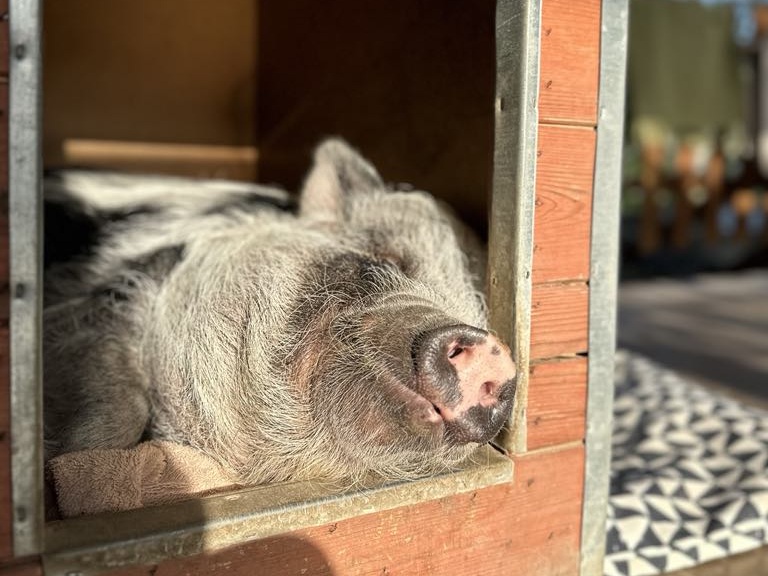Media release
From:
Companion pigs alternate orientation between humans and snout-inaccessible targets
Previous research suggested that pigs do not use orientation alternations between a person and an object to communicate with humans about inaccessible targets. However, former studies often used problem-solving tasks that may have encouraged pigs to act independently rather than engage in human-oriented communication. In our study, we used a non-manipulable setup to test pigs’ potential for functional referential communication. We found that pigs, like dogs, alternated their orientation between the human and the unreachable reward. This is the first evidence of human-oriented functional referential communication in pigs, indicating that such communicative capacities may be more widespread in mammals than previously believed.
Multimedia









 International
International



